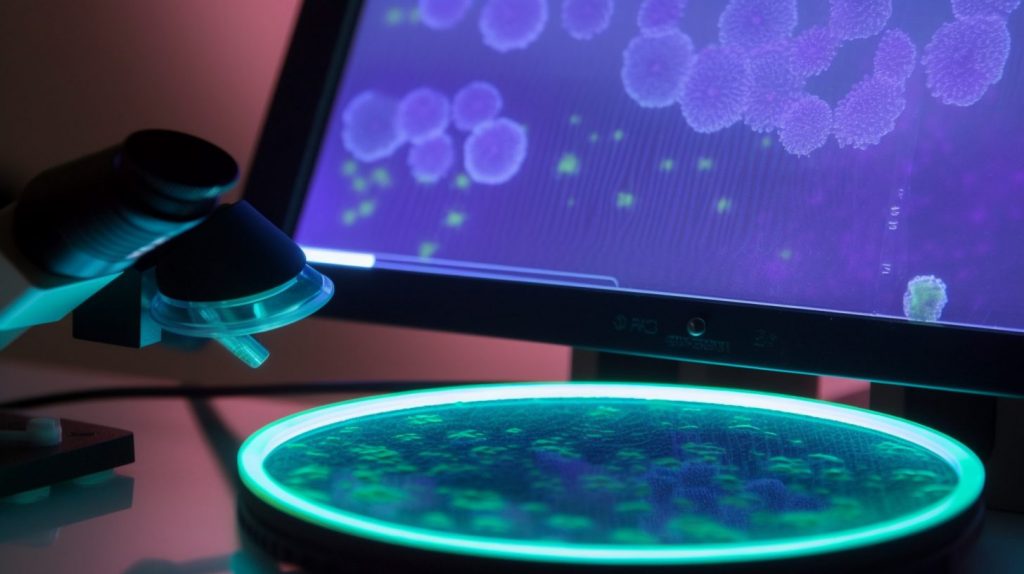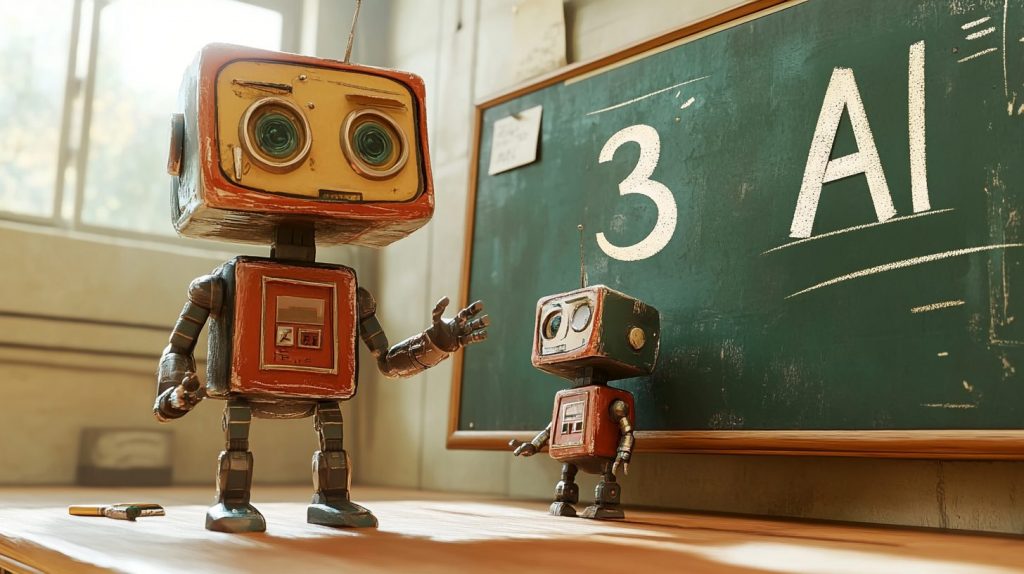
How Artificial Intelligence should combat antimicrobial resistance
About Prof. Dr. Dominik Heider
Prof. Dr Dominik Heider is a professor at the Philipps University of Marburg and an expert in bioinformatics. After studying computer science with a minor in biology, Heider completed his doctorate in 2008 in the Department of Experimental Tumour Biology and the Institute of Computer Science at the University of Münster.
Heider then moved to the University of Duisburg-Essen as a postdoctoral researcher in the field of bioinformatics, where he habilitated in 2012. After a brief excursion into industry, he followed a call to the Straubing campus of the Technical University of Munich as a professor in 2014. In 2016, he moved to Philipps-Universität Marburg, where he heads the interdisciplinary Heiderlab.

Real world data from biomedicine and drawer solutions
Prof. Dr Dominik Heider develops AI solutions for biomedical problems such as predicting drug resistance in pathogens or modelling diseases.
No easy undertaking: For one thing, AI methods can rarely be easily applied to existing biomedical data, and for another, computer science and biomedicine speak different languages.
“Clinical data are very heterogeneous, ranging from image data to sequence data of the microbiome, for example,” says Heider. Therefore, you cannot pull an AI method out of the drawer and apply it directly.
In addition, we are often dealing with small amounts of data from a few patients, often with a large imbalance within the data, for example in the case of rare diseases, where a few data from patients are juxtaposed with large amounts of data from healthy people. In addition, the data sets are often incomplete, values are missing that were not measured, or there are measurement errors.
“We have to take all these aspects into account if we want to apply AI methods to this data,” says the scientist. He and his team are therefore focusing on the development of AI methods tailored to the biomedical field.
Computer science and biomedicine have no common language
AI offers the chance to bring together researchers from different fields and to get to know AI methods in other contexts. This helps to introduce new methods into bioinformatics, and vice versa, bioinformatics brings real-world problems into other fields that otherwise work with “toy samples”, says Heider.
Heider sees a major challenge in the communication between computer science and biomedicine: “Computer scientists and medical doctors do not have a common language, they do not understand each other,” says the scientist. And even within medicine there are different languages.
A common language must therefore be developed at the interface and a basic understanding of biomedicine and its issues, for example, which parameters are important in a medical data set and which are primarily measured.
Resistant infections increase dramatically
Heider is involved in several projects funded by the EU, the Federal Ministry of Education and Science and the German Academic Exchange Service, including the Deep-iAMR collaborative project, which runs until 2023, in which AI methods were researched that can differentially predict and classify antibiotic resistance mechanisms in newly sequenced bacterial genomes and identify potential new antibiotic targets.
In the current “Deep Legion” project, Heider and other scientists are developing AI methods to identify virulence factors of the Legionnaires’ disease pathogen.
This research is enormously important because, according to WHO estimates, the number of annual deaths from resistant infections will rise to 10 million by 2050, says Heider. That is roughly equivalent to the number of cancer deaths per year.


